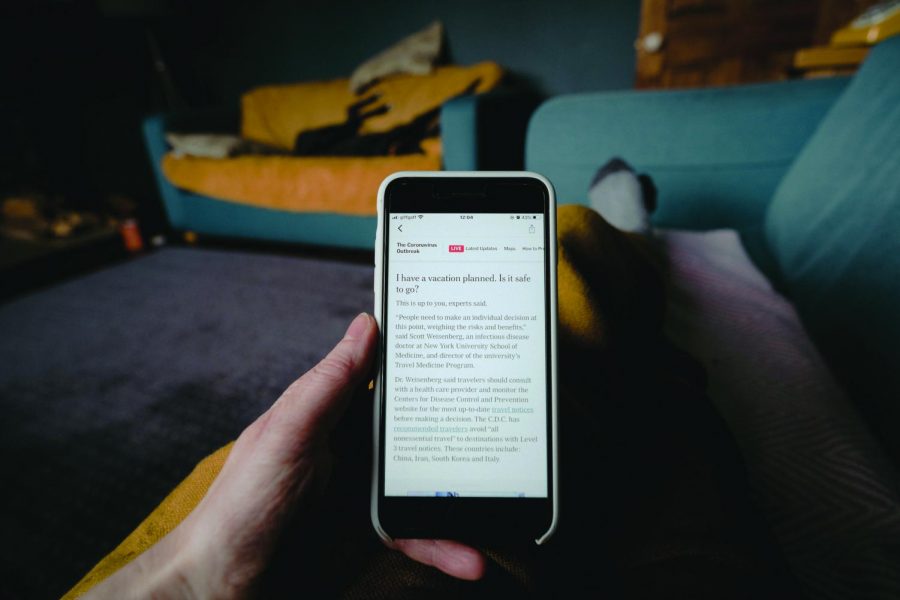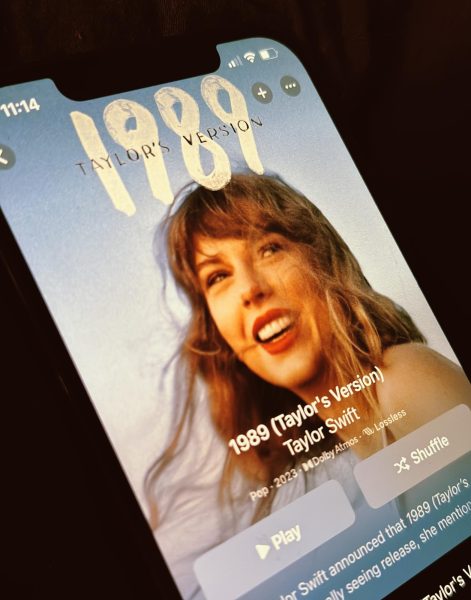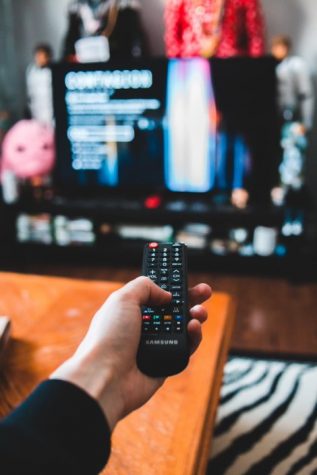We Are Taking in Too Much
March 31, 2020
It may seem a bit backwards reading from the Dakota Student that you should stop reading the news, I get it, but hear me out.
News programs on cable networks saw higher numbers than they’ve seen in over 15 years, before the rise of social media and DVR to record programs. Social media platforms are seeing large jumps in usage, meaning the transmission of news is constant. Perhaps in light of this massive increase in media consumption seen across the world, on March 18, the World Health Organization (WHO) came out with a recommendation for the sake of mental health worldwide.
“(The general population should) minimize watching, reading or listening to news about COVID-19 that causes you to feel anxious or distressed; seek information only from trusted sources and mainly so that you can take practical steps to prepare your plans and protect yourself and loved ones,” WHO said. “Facts can help to minimize fear.”
WHO recommends checking the news only once or twice daily. They want the public gathering facts from the WHO website itself and local health authority platforms.
However, this announcement did not stop viewership from soaring during that same week.
According to the Los Angeles Times, Fox News had its most watched week of 2020 during the week of March 16-22. They saw 2.5 million viewers throughout the day. When the L.A. Times compared this to a similar week last year, it was a drastic 73% increase. Shockingly enough, this was not the largest jump exhibited. CNN recorded 1.55 million views on its end, showing a marked 155% increase from the year before.
This being said, the way that people get the news has changed entirely over the past few years. With the rise of social media, there are more news stories circulating these platforms.
Perhaps with an increasing number of people tuning back into cable news networks, the number of people getting their news from social media would be decreasing. But this is not the case.
Twitter and Facebook, along with other platforms produced by Facebook, saw major jumps in usage as well. Facebook and its related enterprises showed usage up over 50% this past quarter. Twitter announced that compared to last year it increased usage this quarter by 23%, according to CNBC.
Sprinklr, a social media analytics platform, recorded the keyword “coronavirus” almost 20 million different times during one day, March 11. Vox compared this to “Trump” which was used 4 million times.
“Twitter’s purpose is to serve the public conversation, and in these trying times our work has never been more critical,” CEO of Twitter Jack Dorsey said last Monday.
The severe changes in mass media consumption during the global pandemic is not entirely surprising.
It is suggested that the news people consume is directly reflective of the negativity bias. The negativity bias is the tendency of humans to seek out negative things, register them more readily and dwell on them.
In a study done by John Cacioppo, Ph.D. at Ohio State University, it was proven that the brain reacts more strongly to stimuli it deems negative. Therefore, our attitudes and actions are more heavily influenced by bad news as compared to good.
This means that people have to be very intentional about reducing their consumption of the news and other media during these times. Picking up a good book or spending time talking to family members can drastically improve your mental health and, in turn, significantly improve your quarantine experience.












